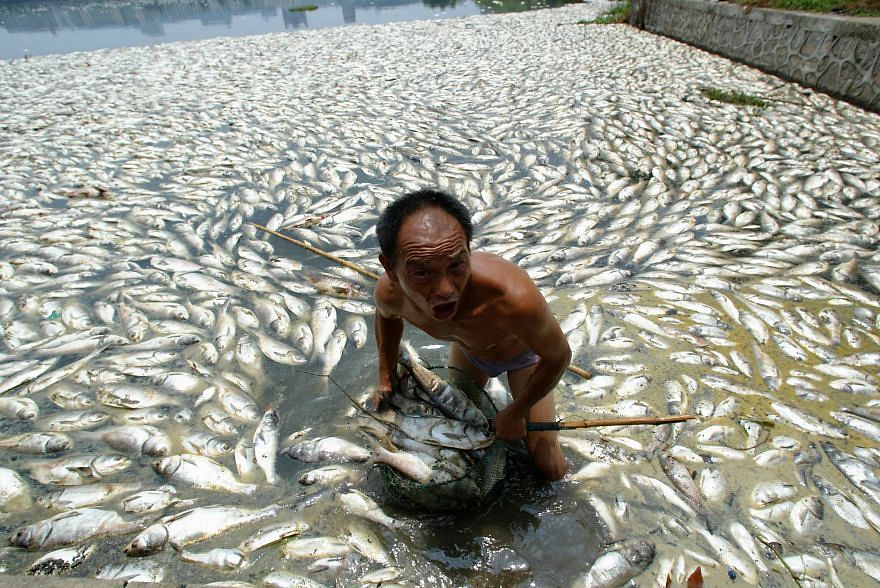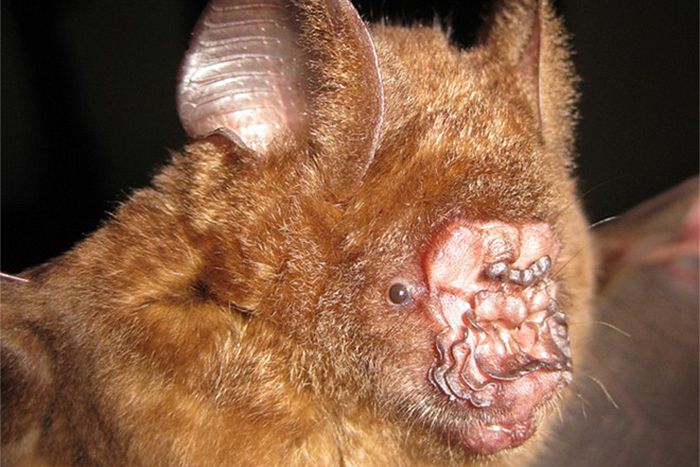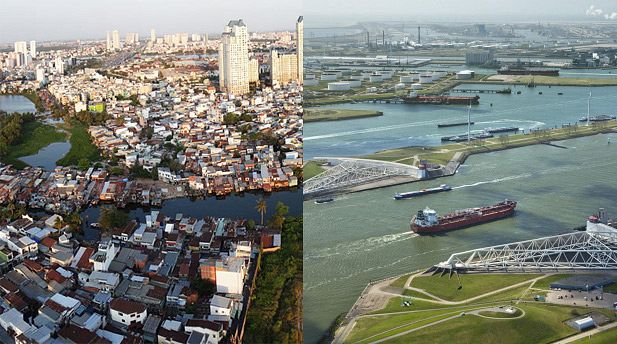Well, better late than never, we suppose.
While rhinos have completely disappeared in Vietnam due to poaching, many Vietnamese are still buying and consuming illegal rhino horn for supposed health benefits and its powder has become a status symbol for many of Vietnam’s elite.
As a result, local traders have built relationships with poachers in Africa where rhino populations are still relatively strong. But these numbers are steadily dwindling.
Those who consume rhino horn say it works as treatment for hangovers, as a sexual stimulant and a detoxifier though there is no scientific data to support this:
“Currently hundreds of rhinos are being poached each year in South Africa, their horns hacked off and smuggled to meet the soaring demand in Asia including Viet Nam, where rhino horn is considered as ‘miracle medicine’, despite a lack of supporting medical evidence. It is high time to stop the poaching crisis and save African rhinos from extinction” said WWF-Vietnam Communication Manager, Ms. Nguyen Thuy Quynh.
The World Wide Fund for Nature (WWF) has partnered with TRAFFIC and international advertising agency, Ogilvy and Mather, to flip the script on consumers.
The set of print ads like the one above replace the rhino’s horn with human hands to illustrate that they’re both made up of keratin:
“Rhino horn is largely made of keratin and will do nothing to treat cancer or help one’s sexual prowess. There are traditional medicines that have proven to be effective for treating a variety of ailments and symptoms and have saved millions of lives. Rhino horn is not one of them” said TRAFFIC’s Greater Mekong Programme Coordinator, Dr Naomi Doak. “Widespread lies, myths and rumours are fuelling demand and use of rhino horn.”
As the demand for rhino horn in Asian countries grows, the effects are abundantly clear on African rhino populations:
"Rhinos killed by poachers in South Africa have surged from 13 in 2007, to 668 in 2012. Already more than 200 rhinos have been killed in South Africa since the beginning of 2013, with other African and now also Asian countries experiencing a surge in rhino poaching."
The ads will be run in a number of different verticals including TV, print, social media and outdoor. The group has already secured ad space in hundreds of offices, airports, residential buildings and universities across Vietnam.
It's unclear if all the ads are in English. Hopefully not!
[WWF]














